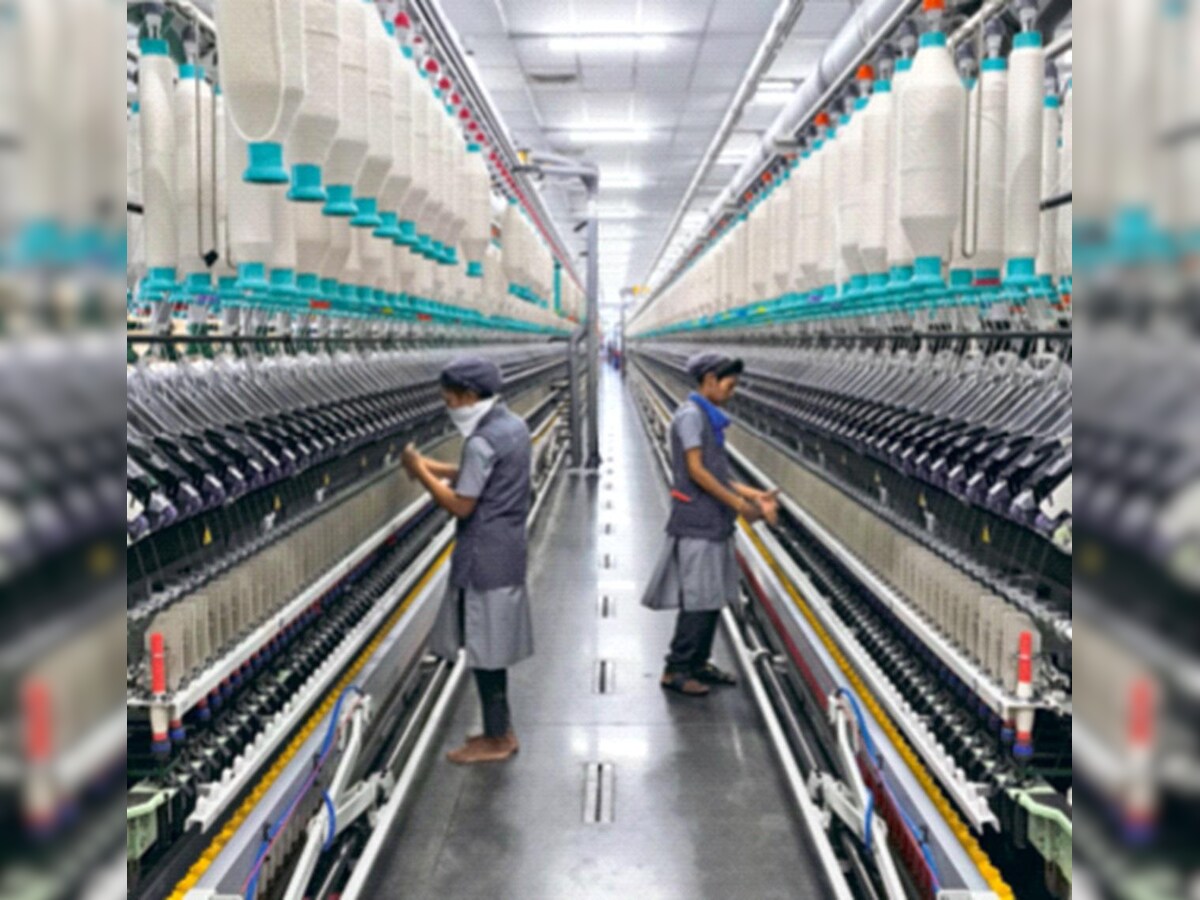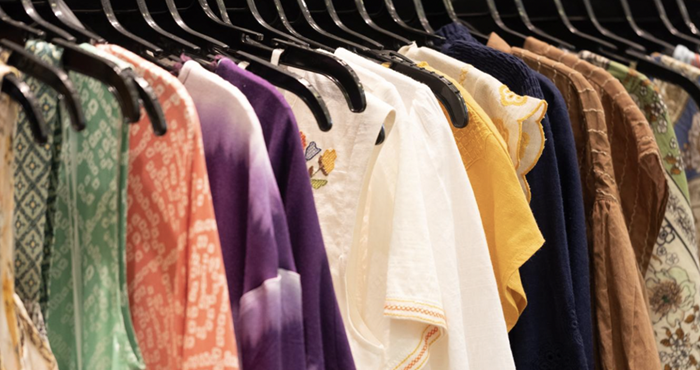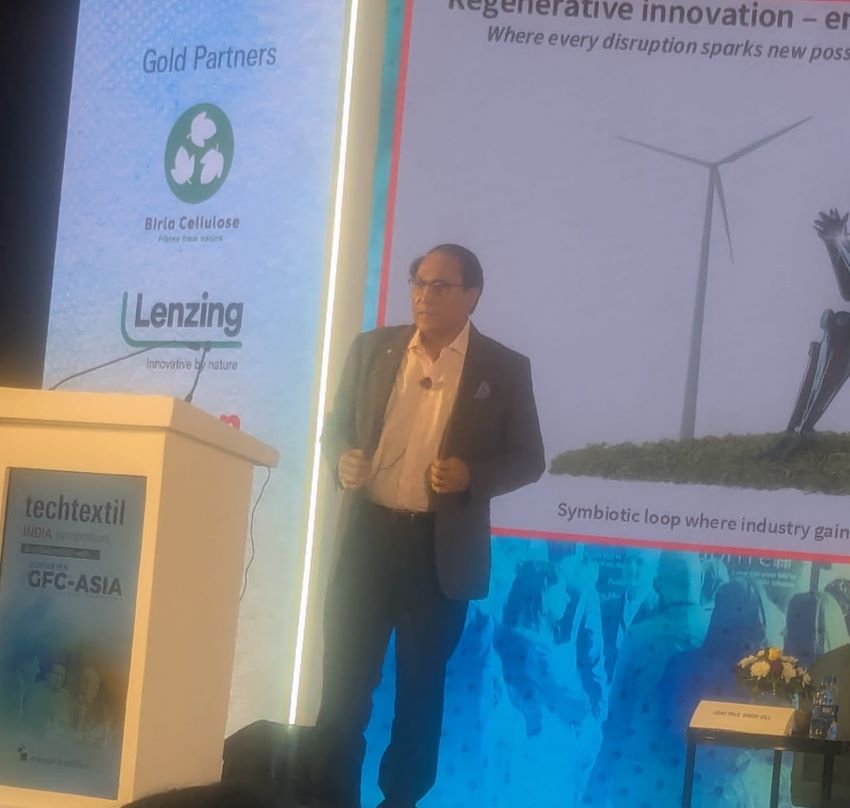The textile yarn market is set to grow robustly from USD 14.4 Billion in 2023 to USD 18.5 Billion by 2028, with a CAGR of 5.1% during the forecast period, driven by increasing global population and urbanization.
Urban migration fuels the demand for textiles and, consequently, textile yarns. Cotton yarn dominates the plant yarn segment and is expected to hold the largest share in 2023 due to its popularity in the clothing industry, particularly for comfortable and breathable garments like t-shirts, jeans, and dresses.
The home textiles segment is rapidly growing, enhancing residential spaces with bedding, curtains, towels, and rugs, utilizing textile yarns as essential components in production. China is expected to lead the Asia-Pacific market in 2023, benefitting from its established textile industry, cost-effective production capabilities, and abundant raw materials.
The future of textile yarn is driven by sustainability and advanced technologies. Eco-friendly fibers like organic cotton, bamboo, and recycled polyester gain momentum, reducing the industry's carbon footprint. Advancements in eco-efficient processes, such as waterless dyeing and energy-saving methods, aim to minimize resource consumption during yarn manufacturing.
Innovative yarns like UHMWPE and conductive yarns revolutionize various industries, from aerospace to wearable technology. Smart textiles integrate conductive yarns and microelectronics for interactive fabrics with applications in sports, healthcare, and consumer electronics. Customization and personalization thrive with digital manufacturing and additive technologies, allowing tailored yarns to meet specific design requirements.
In conclusion, the future of textile yarn lies in sustainability, performance, and technological innovations, offering eco-friendly and high-performance textiles with intelligent functionalities to embrace a more advanced and sustainable future.












